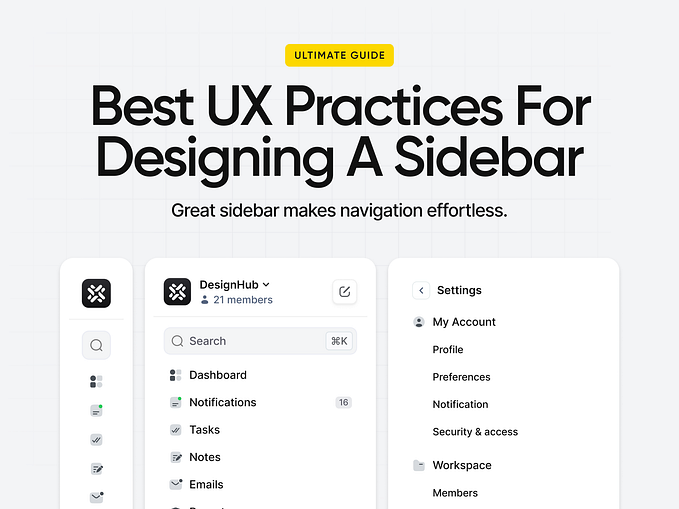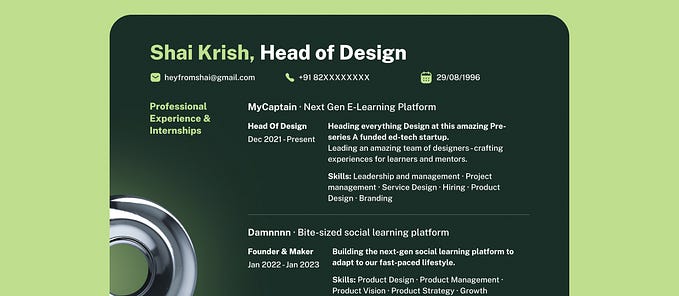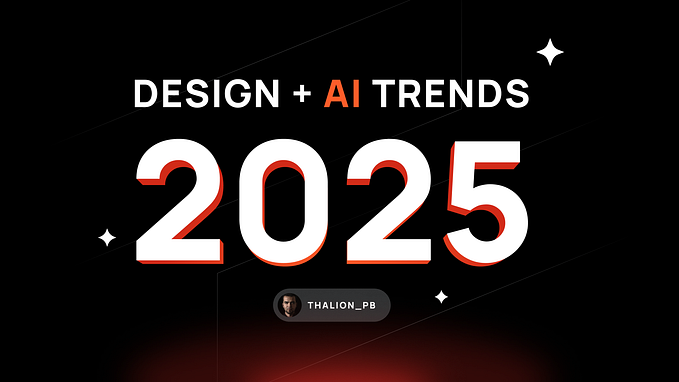Aesthetic, Visual Design & Usability

The topic of Aesthetic and Usability has been occupying my thoughts frequently, not just because I’m involved in the closure of an app/product development cycle, but also due to the fact that it is the end of the year, and the articles focused on the trends for 2019 are starting to pop up, much like mushrooms after a particularly rainy season. These articles and opinions, invariably focus on trends, and some of them surface visual design trends that are seemingly relevant. This has made me think about all the projects that I’ve been involved in, since I started my career in Education, through my experience in Design Agencies, and my tenure working with Software Companies. This look back on the evolution of Visual Design, Interface Design and how different teams relate to this topic, prompted me to take notes, and organize this article. This article will focus on two important elements: the design principle of Aesthetics and the Law of UX, which falls under the guise of Aesthetic Usability Effect.
Aesthetics, Principles of Design and Usability
One of the most interesting Design principles is of course Aesthetics. Aesthetic is defined by Merriam-Webster as “a branch of philosophy dealing with the nature of beauty, art, and taste and with the creation and appreciation of beauty”. It’s a principle that walks hand in hand with the Aesthetic-Usability Effect, which states “users often perceive aesthetically pleasing design as design that’s more usable”. During my years as a professional Designer, my goal has always been to showcase the value of the Design Discipline (and design professionals), as a solution provider, a strategic thinker and a catalyst that unites the efforts, and at times, disparate points of view of different teams and entities. This union/convergence, should hopefully deliver a product/solution that makes sense for Users and for the Organization itself. It has been a path focused on educating teams and other stakeholders of this concept and statement value (and of the Design Thinking process in itself), since the typical perspective towards Design and Designers, has always been — making products visually appealing (and managing the subjective ideas of what constitutes something beautiful or not).
While this cliché is reductive, and crippling in many occasions, it’s also one of the main tasks and focus that rely with Designers and Design Practices. Users do perceive aesthetically pleasing products, as more usable, and therefore, more focused on providing them a rewarding experience. Don Norman wrote in “Emotional Design”, there are three layers of Design, the first of which falls under the designation of Visceral, which is of course tied to how users perceive a product instantly, and how that reaction plays a crucial role in their desire to explore and probe deeper into that product experience. Throughout the years, I’ve noticed from my own experience in Education/Design Agencies/Software Companies, that Visual Design as a Discipline and the concept of Aesthetics in particular, both have a crucial role in the definition of a successful product/process. In education, Visual Design, Interface Design and Aesthetics, are always taught in a context of firstly building a context for students, illustrating the evolution of theories/concepts, of different thinkers, and how these elements have shaped products and concepts that are on the market (and in the process, understand how they get to the market). But in the case of Design Agencies, and how they typically used to behave (and I am using the past simple verbal form, since processes have undoubtedly changed), the Visual Design concepts were the baseline of how pitches were executed and showcased to potential clients (much like what the show “Mad Men” illustrated, in the meetings between agency talent and clients). These pitches were an extension or in some cases, a new perspective on a Brand experience, and the focus was indeed to sell these concepts, anchored in the hopeful certainty that the visceral response would be a positive one. In my experience these pitches were always accompanied by a User Journey of sorts, but the Visual and Aesthetic perspective was always the primary driver.
They both showcased how relevant an aesthetically pleasing concept, and presentation, was (and still is) to shape the perception of a user/client. In software companies, the Visual Design exercise continues to have a strong resonance, but is typically contextualized within the Design System efforts that have taken place, and also aligns with a branding effort that hopefully has been successfully implemented, and that allows for new products to be rendered consistently with what’s in place. Visual Design, User Interface, Aesthetics, are all components of the Product experience, that are crucial to build an identifiable and instantly recognizable layer, which in itself, builds a relationship with the users and consumers that engage with the products. When effective, it can become synonymous with a successful brand and product (Apple for instance, and the product catalogue), and when disastrously implemented and conceived, it can be a death statement for some products and brands (the list in this case is quite long).

Aesthetics and Product Success
One of the most consistent challenges in my career, when it comes to the discipline of Visual Design (and Aesthetics), has always been how to reconcile the notion that “beauty is subjective”, “good design is subjective”, with the delivery of solutions that are relevant, engaging while simultaneously educating teams of this process and how its outcome is achieved. Aesthetics, much like any aspect of the Design Practice, is something that can be taught, and that can be exercised. It’s important that teams embark on this journey, and understand how visual concepts are devised, achieved, delivered, and what goals they are trying to satiate. The Visual Design discipline in particular, does not operate on the level or with the intent of showcasing a visual artist’s work or his sole perspective on problem solving.
Visual Design is most effective as an integration of the laboring of the Design Thinking process. It aims to create a visual language that successfully marries branding aspects, with usability factors, accessibility concerns, while also maintaining the desirability/findable and credible aspects that sustain brand longevity. These are all layers that the Visual Design discipline has to juggle, and that Visual Designers have to consider, while simultaneously not being oblivious to such factors as cultural, ecological, political, legal elements, all of which are equally impactful. The question still remains though — what does constitute a successful Visual Design exercise. The answer in itself is stated on the previous sentences — the KPIs that are measured, should focus on the usability factors (where for instance memorability plays a very important role), but also desirability and inclusiveness of the product that is built, all the while continuing to create a brand experience that is indelible and consistent. There are Visual languages that are so iconic that they become a paradigm (and even to some extent, a standard) and extend their reach beyond a single brand. For instance, the concept of Material Design, which hails from the Google Design Group.
That ecosystem, with all its virtuosity and capabilities, also raises a question that seemingly haunts the world of Design and Designers in general. If we all abide to a certain trend, paradigm, structure, aren’t we all just delivering the same product experience? The answer, from my experience and point of view is no. “Material Design”, much like other trends and other Graphical User Interfaces (GUI), should be used when and if applicable to the problem being solved.
The goal for Design Thinking engagements, is to devise solutions that are aligned to the experience that is being created, to aid users in their journey, and hopefully generate repetitive use and positive brand awareness from the consumers. This stickiness is only possible when a series of factors coalesce, but from a Visual Design (and Aesthetic) perspective is concerned, it’s important to remember that trends, and UI paradigms are not the goal of the experience. If successful branding is all about effective storytelling, it’s important that the Visual and Aesthetic principles of Design, marry that experience in a manner that is relevant to the market, business, user, innovation factors, that ultimately power these products for lengthy timelines.
Conclusion
Tackling a subject matter such as Visual Design and Aesthetics can be tricky, simply because it’s a visceral, immediate layer that humans can relate to (on a positive or negative manner). Hopefully by the end of this article, there will be a realization that Visual Design isn’t a vapid exercise in hollow concepts made for the simple sake of exercising creativity on something that solves absolutely nothing. It’s a crucial discipline on a richly layered journey that does aim to delight, but also produce measurable results. I’ll conclude with this quote from Dr. Martin Luther King, Jr. who wrote “If you can’t fly then run, if you can’t run then walk, if you can’t walk then crawl, but whatever you do you have to keep moving forward”.










